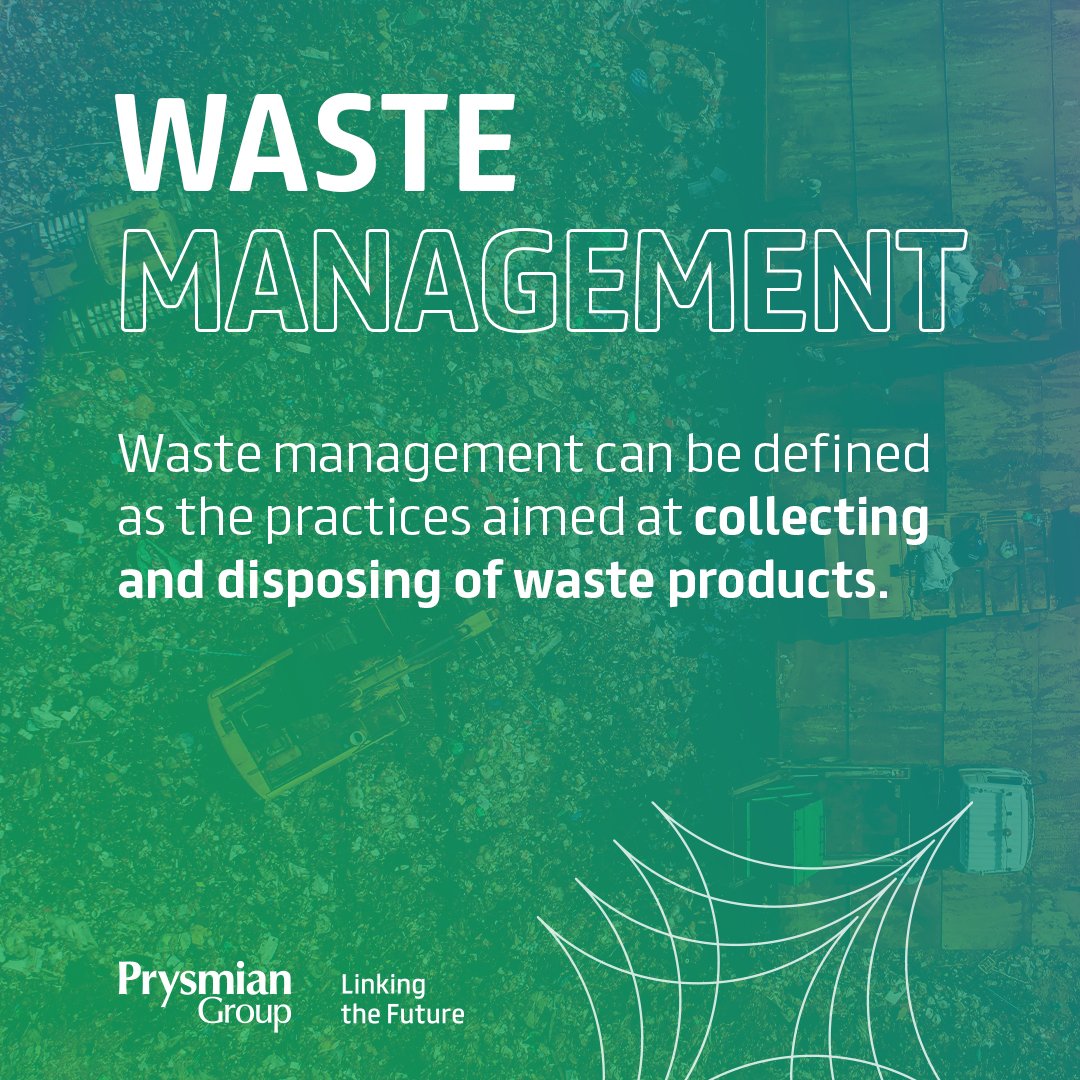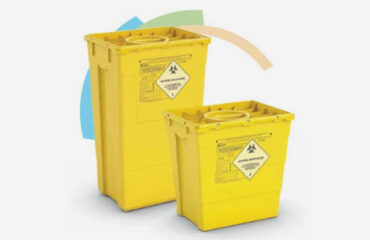6 Simple Techniques For Reclaim Waste
6 Simple Techniques For Reclaim Waste
Blog Article
Reclaim Waste Fundamentals Explained
Table of ContentsMore About Reclaim WasteSome Ideas on Reclaim Waste You Should KnowThe 5-Second Trick For Reclaim Waste5 Easy Facts About Reclaim Waste ShownHow Reclaim Waste can Save You Time, Stress, and Money.
Discover the types, incidents, and forms of liquid waste. Domestic sewer waste refers to the waste and products from a property septic tank. This kind of waste is produced by humans in residences, institutions, and other structures. This only includes septic systems that have a drain area. The appropriate administration and disposal of residential sewer waste require fluid waste to be transferred to a sewage treatment plant where the proper approaches and devices are related to cleanse and deal with waste.
Business waste commonly includes prospective threats, such as flammable products or a mixture of liquid and strong waste items, and requires an advanced and thorough disposal process. The disposal of commercial waste normally involves the filtering of waste prior to transportation to make sure risk-free and correct disposal. Industrial waste is created from results and drainage of industrial procedures and production.
This sort of waste can not use the same sewage monitoring transport or procedures as septic or industrial liquids. The hazardous waste management process requires the examination and screening of fluid waste prior to it undergoes the disposal process (liquid waste disposal melbourne). Overflow waste is the liquid waste that comes from runoff and excess stormwater in extremely inhabited areas or cities
Overflow waste can cause contamination and flooding if not handled correctly. Guaranteeing proper waste management can avoid catastrophes and minimize ecological injury.
Some Known Details About Reclaim Waste
Contact PROS Providers today to learn more about our waste management and disposal services and the correct methods to look after the liquid waste you create.
(https://myspace.com/reclaimwaste1)Do you understand what happens to your water when you disengage, purge the toilet or drain pipes the washing machine? No? Well, it deserves understanding. This so-called 'wastewater' is not just a vital resource yet, after therapy, will be released to our land, rivers or the ocean. Utilized water from commodes, showers, bathrooms, kitchen sinks, laundries and industrial procedures is called wastewater.

water utilized to cool machinery or clean plant and devices). Stormwater, a kind of wastewater, is runoff that moves from agricultural and metropolitan areas such as roofings, parks, gardens, roads, paths and seamless gutters into stormwater drains, after rainfall. Stormwater moves without treatment straight to local creeks or rivers, at some point reaching right here the ocean.
Some Known Details About Reclaim Waste
In Queensland, the majority of wastewater is treated at sewage therapy plants. Wastewater is carried from residential or industrial websites through a system of sewage systems and pump stations, known as sewage reticulation, to a sewage treatment plant.
The Department of Natural Resources recommends local federal governments regarding handling, operating and keeping sewage systems and treatment plants. In unsewered locations, city governments may need homeowners to mount individual or household sewage therapy systems to treat residential wastewater from bathrooms, cooking areas, shower rooms and washings. The Department of Natural Resources authorises the use of family systems when they are proven to be effective.
A lot of stormwater gets no therapy. In some new class, therapy of some stormwater to remove trash, sand and gravel has started making use of gross toxin catches. Wastewater treatment takes place in 4 stages: Gets rid of strong matter. Bigger solids, such as plastics and various other things mistakenly released to drains, are removed when wastewater is passed through displays.
Wastewater after that streams right into big containers where solids clear up and are removed as sludge. Grease and residue are skimmed from the surface area. Makes use of small living microorganisms referred to as micro-organisms to break down and get rid of staying liquified wastes and fine fragments. Micro-organisms and wastes are incorporated in the sludge. Eliminates nitrogen and phosphorus nutrients that might trigger algal flowers in our waterways and threaten aquatic life.
The Best Strategy To Use For Reclaim Waste
Nutrient removal is not available in all sewer treatment plants due to the fact that it needs expensive specialist devices. It is becoming more common in Queensland. Clear liquid effluent generated after therapy might still have disease-causing micro-organisms. If this effluent is launched right into rivers such as rivers or the sea, the micro-organisms will at some point die out.

Many wastewater flows right into the sewage system. Under the Act, local governments carry out authorizations and licences for ecologically relevant activities (ERAs) including wastewater releases that may have a neighborhood effect.
What Does Reclaim Waste Mean?
Or else, samples are taken for lab evaluation. Typically several examinations are needed to establish the levels of each of the various contaminants such as oils, hefty steels and pesticides in water. Surveillance supplies valid information concerning water top quality and can validate that permit conditions are being met. The details obtained via tracking supplies the basis for making water high quality choices.
Report this page